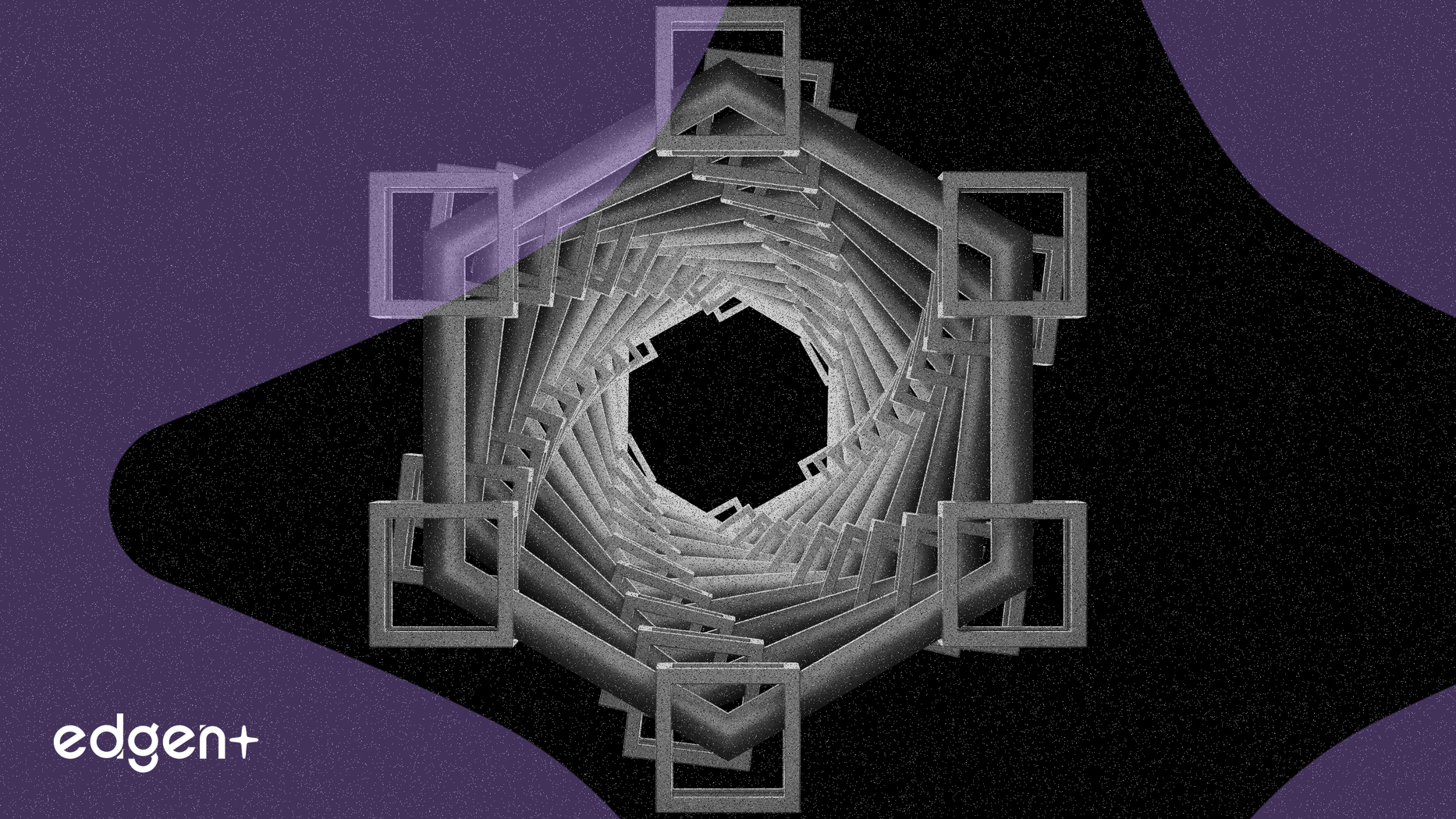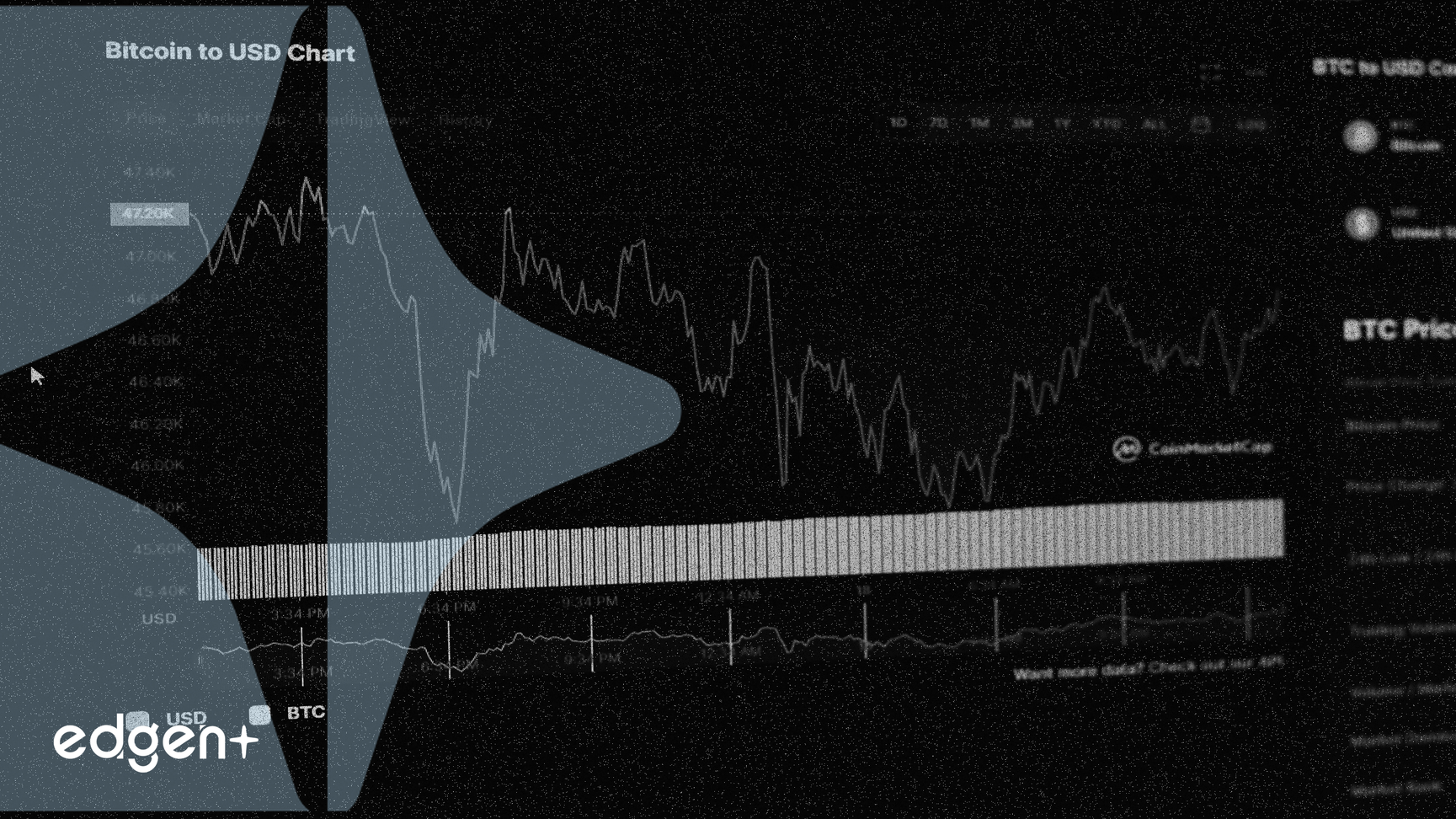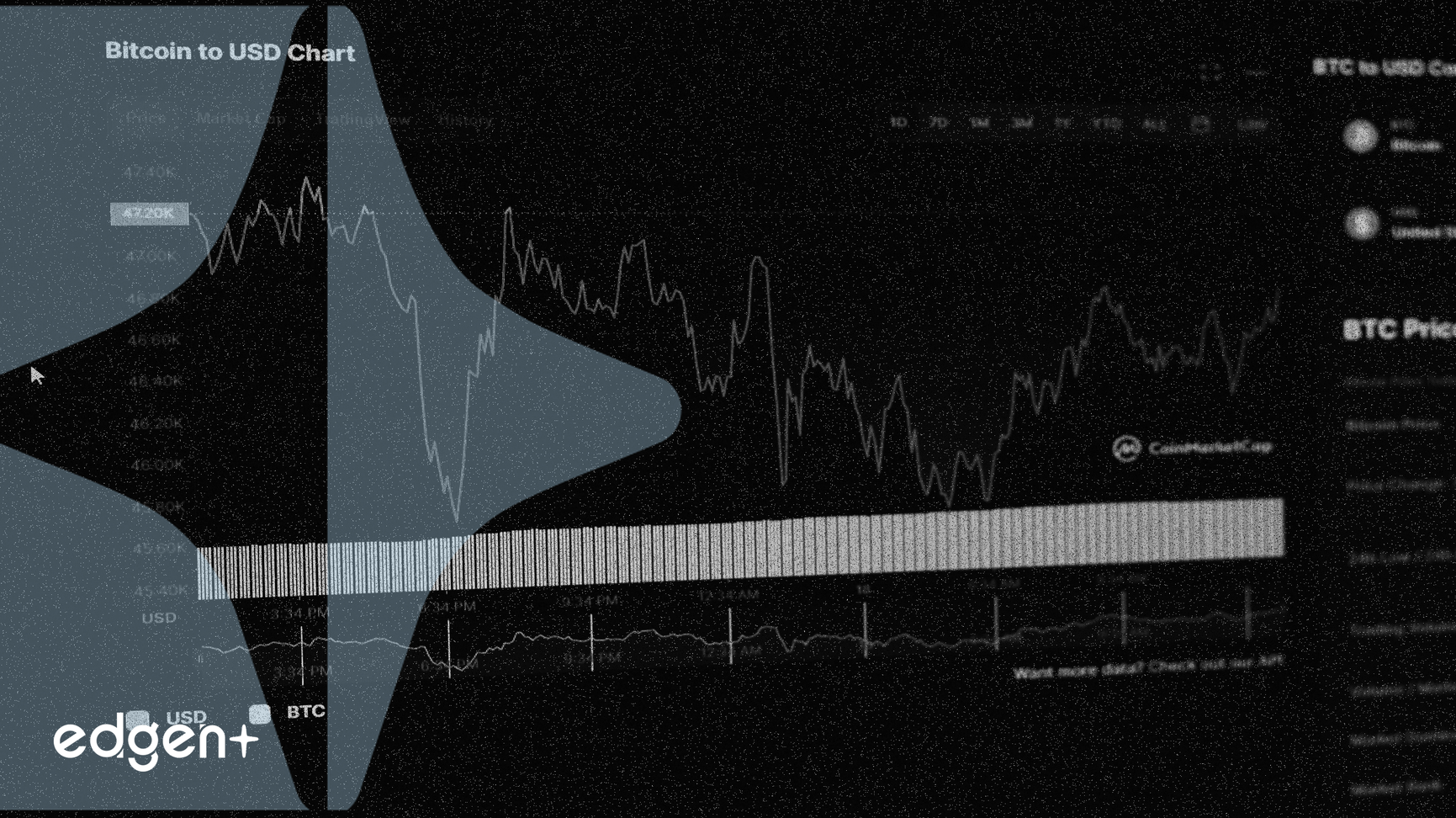Executive Summary
The PING token, issued through the x402 protocol, has rapidly gained traction, achieving a market capitalization exceeding $20 million shortly after its launch. This development has significantly boosted activity on the x402 network, an open payment protocol for AI agents, which recorded substantial increases in transaction volume and user engagement. The event underscores the nascent but growing market for AI-driven micropayments within the Web3 ecosystem.
The Event in Detail
The PING token, a component of a decentralized analytics project, was introduced via the x402 protocol. This launch precipitated a significant demand surge, propelling PING's market capitalization to over $20 million within days. Concurrently, the x402 network observed a 701.7% increase in its transaction count over the past seven days, reaching 163,600 transactions. Trading volume on the protocol escalated by 8,218.5%, totaling approximately $140,200 during the same period. The number of new buyers on the x402 protocol also saw a substantial rise, with around 31,000 new addresses joining, representing an increase of over 1.5 million percent. On-chain data indicates top-performing servers for the protocol include ue1xscho.nx.link and api.ping.observer.
Financial Mechanics and Protocol Functionality
The x402 protocol, built on Coinbase's infrastructure, is designed to enable instant, low-cost stablecoin micropayments, primarily for AI agents. It leverages the long-reserved HTTP 402 "Payment Required" status code to mandate a payment for API requests or webpage loads. When an API request lacks payment, x402 issues an HTTP 402 status, prompting the client to pay and retry. This mechanism eliminates the need for traditional API keys, accounts, or subscriptions. The protocol is engineered to support various stablecoins, digital assets, and blockchains, with USDC being one of the initial supported assets. Transaction costs, referred to as gas fees, are described as "near negligible," and settlement times are reported at 200 milliseconds. The PING token itself can be minted for approximately $1 per transaction, with the potential for 5,000 tokens upon successful minting. This financial model facilitates a "pay-per-use" approach, integrating seamlessly into existing infrastructures via a lightweight middleware.
Market Implications and Strategic Alignment
The success of the PING token launch and the subsequent surge in x402 protocol activity illustrate a potential inflection point for the Web3 market's intersection with artificial intelligence. Analysts project a $41.45 billion Web3 market growth by 2030, with x402 positioned to capture infrastructure demand as AI agents transition from passive advisors to active economic participants. This aligns with Coinbase's strategic expansion into agentic commerce, aiming to benefit from increased USDC velocity and cross-chain adoption. The protocol's ability to reduce transaction costs and accelerate settlement times is expected to attract more developers and AI agents, fostering network effects. This trend echoes the "Inscription craze" observed in 2023 with BRC-20 tokens, such as ORDI, which utilize Ordinals inscriptions on the Bitcoin blockchain. The market's reaction to PING suggests that developers are likely to explore similar launches through x402, potentially driving further ecosystem growth in the x402 sector and related "x402 concept tokens." The Binance Inscriptions Marketplace further demonstrates the broader industry's recognition of inscription-based tokens, providing a platform for trading these assets.
Broader Context
The emergence of the x402 narrative and the strong performance of tokens like PING reflect a broader market interest in innovative token standards and payment protocols that bridge traditional internet infrastructure with blockchain capabilities. The focus on AI agents and micropayments addresses a growing need for efficient, programmatic economic interactions in digital environments. While the enthusiasm for these new protocols is evident, the cryptocurrency sector continues to address security concerns, which remain a critical factor for investor confidence and sustained growth. The development of protocols like x402 signifies an ongoing evolution in digital asset utility and a potential shift towards more automated, machine-driven economies within the Web3 space.
source:[1] Will PING set off another Inscription craze? (https://www.techflowpost.com/article/detail_2 ...)[2] Cryptocurrency Sector Tackles Heightened Security Concerns | MEXC News (https://en.bitcoinhaber.net/cryptocurrency-se ...)[3] Binance Web3 Wallet Launches Bitcoin Inscriptions Marketplace - CoinMarketCap (https://vertexaisearch.cloud.google.com/groun ...)



